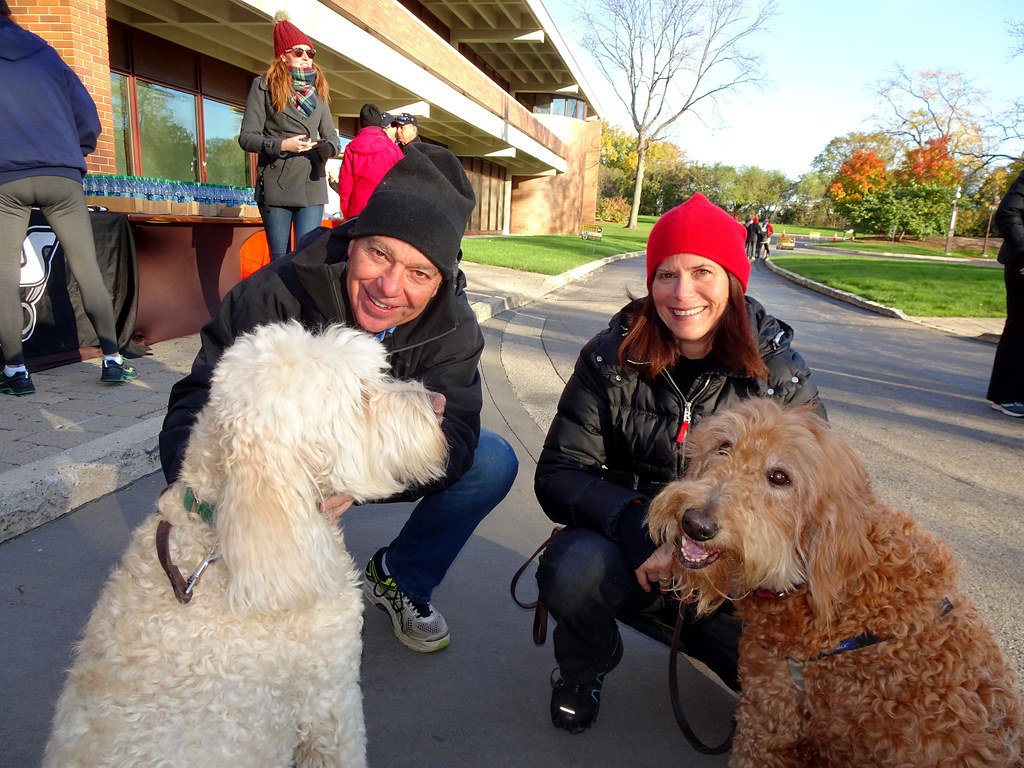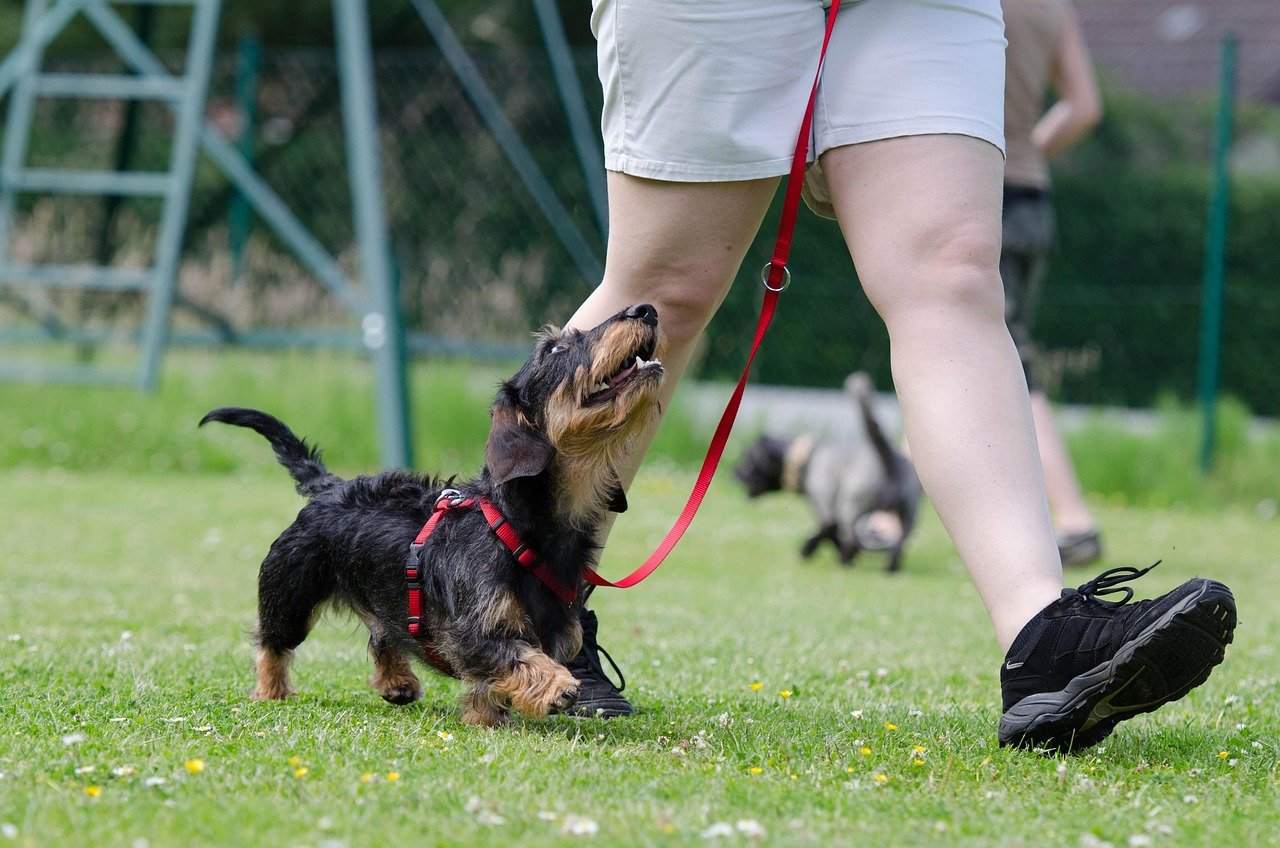Ever found yourself raising your voice at your dog, only to see those big, soulful eyes staring back at you—confused, maybe even a little hurt? We’ve all been there. It’s easy to lose patience when your pup just won’t listen or keeps digging up your favorite flowerbed. But here’s the truth: shouting doesn’t help, and it can actually make things worse. As someone who’s spent years around dogs of all shapes and sizes, I’ve seen firsthand how gentle guidance works wonders. Let’s dig into why yelling at your furry friend just doesn’t work, and what you can do instead.
It Breaks Trust, Not Bad Habits

When you shout at your dog, you might think you’re teaching a lesson, but what you’re really doing is chipping away at their trust. Dogs thrive on safe, predictable relationships. A raised voice can make them feel unsure about you, causing them to pull away or hide the next time they sense trouble.
Imagine if every time you made a mistake, a friend yelled at you—would you feel like confiding in them? Dogs are no different. Instead of learning what you want, they may just learn to avoid you, making training even harder in the long run.
Dogs Don’t Speak Human Language

We often forget that dogs don’t understand English, Spanish, or any human language. They pick up on our tone, body language, and energy. When you yell, all they hear is angry noise, not a clear command or instruction.
A dog who gets shouted at may become confused. Instead of learning to “sit” or “stay,” they’ll just sense your frustration, which muddles the message you’re trying to get across. Consistency and patience in your cues are far more effective than volume.
Shouting Can Increase Anxiety and Fear

Some dogs are naturally sensitive souls. When voices rise, their anxiety can spike. You might notice signs like trembling, tail tucking, or excessive panting when they’re yelled at. Chronic stress isn’t just sad—it can lead to health problems, like digestive issues and a weakened immune system.
Fearful dogs are more likely to develop behavioral problems, including aggression or submissive urination. By staying calm, you help your dog feel safe and confident, and you’ll see better behavior as a result.
It Can Lead to Defensive or Aggressive Behavior
A dog who’s repeatedly shouted at may start to act out. Some will become defensive, barking or snapping when they feel cornered. Others might freeze or cower, making them harder to approach or train.
Take my neighbor’s terrier, Max. After being yelled at for barking, he actually started barking more, not less. The yelling made him feel threatened, so he tried to protect himself the only way he knew how—by making more noise.
Shouting Undermines Positive Reinforcement

Positive reinforcement is the gold standard for dog training. That means rewarding good behavior with treats, praise, or playtime. Shouting interrupts this process, focusing attention on what your dog did wrong, not what they did right.
When you rely on positive reinforcement, your dog learns faster and is eager to please. Imagine trying to learn a new skill while someone scolds you for every mistake. Encouragement, not criticism, is the fuel that powers learning.
Dogs Mirror Our Emotions
Dogs are emotional sponges—they soak up our moods and reflect them back. If you’re stressed or angry, your dog will feel it. Shouting creates a cycle of tension where both you and your dog become more reactive and less able to communicate clearly.
Instead, when you stay calm and collected, your dog will too. Simple, steady communication helps them focus and understand what you’re asking. It’s like giving them a gentle road map, instead of a blaring siren.
There Are Far Better Ways to Teach

The good news is, you don’t need to shout to get your dog’s attention. Gentle corrections, clear cues, and lots of rewards go much further. If your dog’s behavior is frustrating you, take a breath, step back, and try redirecting them or showing them what you’d like them to do instead.
Prevention is key—set your dog up for success by managing their environment and offering plenty of exercise and mental stimulation. If you’re stuck, don’t hesitate to ask for help from a qualified trainer who uses science-based, humane methods. Your dog will thank you with wagging tails and eager eyes.

Andrew Alpin from India is the Brand Manager of Doggo digest. Andrew is an experienced content specialist and social media manager with a passion for writing. His forte includes health and wellness, Travel, Animals, and Nature. A nature nomad, Andrew is obsessed with mountains and loves high-altitude trekking. He has been on several Himalayan treks in India including the Everest Base Camp in Nepal.





